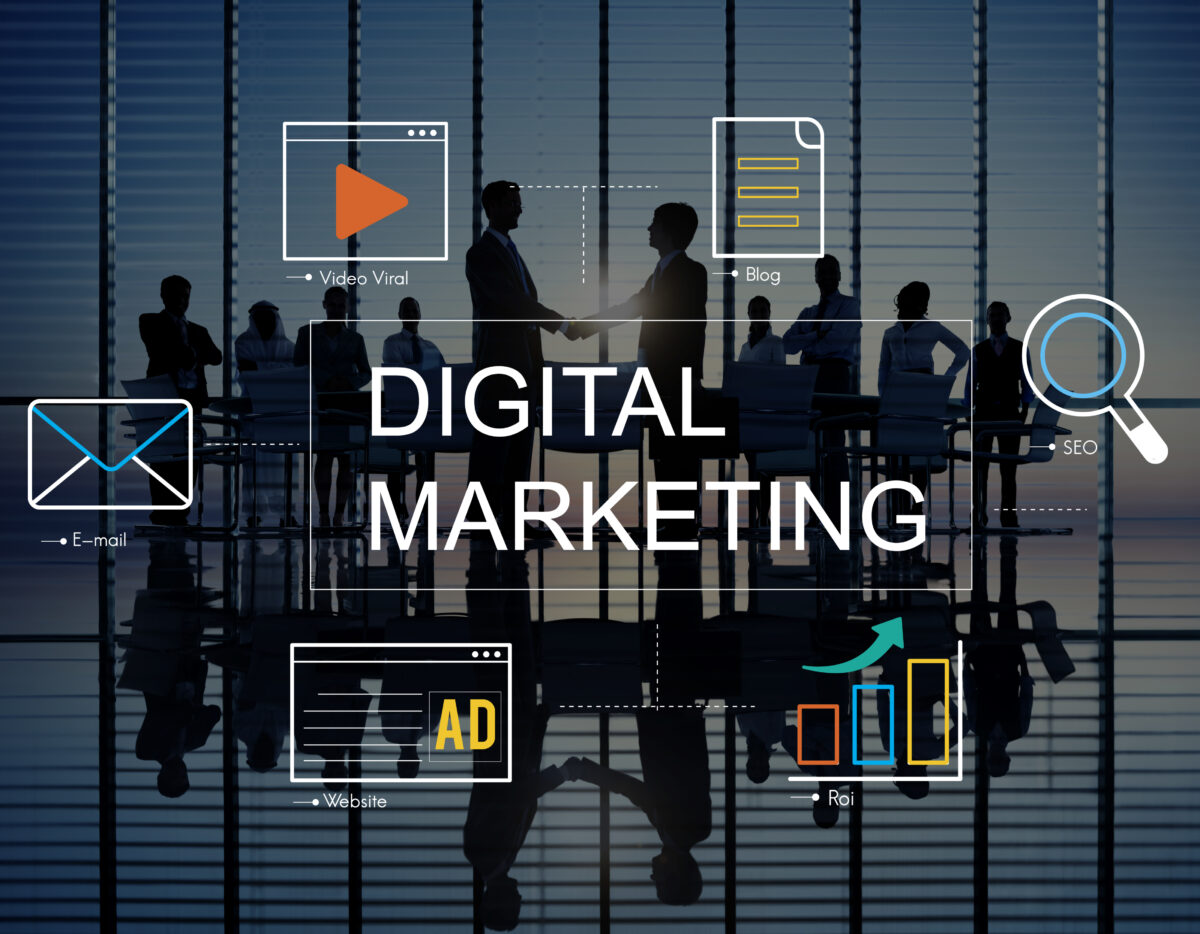Email marketing is perhaps the most powerful means of turning leads into repeat customers. It enables companies to engage with their audience directly, foster relationships, and drive conversions. But a successful email marketing strategy takes more than sending promotional emails. It’s about personalization, segmentation, and consistently delivering value. In this guide, we will guide you through the process of building an email marketing strategy that delivers.
Why Email Marketing Is Important
Email marketing has a high return on investment (ROI) and is still one of the most affordable means to communicate with your target audience. Here’s why it’s so effective:
High ROI: Email marketing provides an average ROI of $42 for each $1 invested.
Personalization: It enables you to send personalized messages customized to the needs of your audience.
Direct Communication: You get to dictate your message, ensuring it reaches the inbox.
Automation: Automated email campaigns to cultivate leads in the long run, which will save you time and enhance efficiency.
Step 1: Define Your Email Marketing Goals
To create a strong strategy, first, define your goals. Your email marketing campaigns must be developed with specific aims in mind.
Typical email marketing goals are:
Lead Generation: Email collection and expanding your list.
Customer Retention: Engaging with existing customers with your brand.
Sales & Promotions: Offering promotions, discounts, or product launches.
Educational Content: Sending newsletters or useful content to your audience.
Key takeaway: Establish measurable objectives that will drive your email campaigns and measure success.
Step 2: Build a Targeted Email List
An email list is the core of your email marketing campaign. You must build a list of subscribers who are actually interested in your brand.
How to build your email list:
Lead Magnets: Provide useful resources such as eBooks or webinars in return for email sign-ups.
Segmentation: Segment your audience according to their demographics, interests, and behaviors to send more targeted emails.
Opt-in Forms: Strategically place opt-in forms on your website or social media to collect email addresses.
Social Media & Ads: Advertise your email list on social media platforms or paid ads.
Key takeaway: Your email list quality is important. Prioritize attracting engaged, relevant subscribers.
Step 3: Create Compelling Email Templates
Your email template is key to driving clicks and engagement. Make your emails look good and read well.
Design tips:
Mobile Optimization: People mostly view emails on their mobile phones, so your emails must be mobile-friendly.
Clear CTAs: Employ actionable, clear calls-to-action (CTAs), e.g., “Shop Now” or “Learn More.”
Simple Design: Have a simple and well-structured email design with appropriate images, headings, and brief paragraphs.
Personalization: Add the recipient’s name and other personalized elements to make him or her feel special.
Key takeaway: An appealing email improves user experience and enhances the possibility of conversion.
Step 4: Create Engaging Email Content
Your email message needs to be pertinent and useful to your subscribers. It’s not so much selling but giving value content that is related to what your audience is seeking.
Tips on content:
Powerful Subject Lines: Your subject line should draw attention and push the reader to open your mail. Be brief and concise.
Value Content: Provide something valuable, such as informative content like articles, promotions, or news about a product.
Urgency & Scarcity: Incorporate sentences such as “limited-time offer” or “spots available are limited” to prompt instant action.
Social Proof: Post customers’ reviews or case studies to establish credibility and trust.
Key takeaway: Material that teaches, entertains, or answers a question will have a greater connection with your audience and prompt them to take action.
Step 5: Automate Your Email Campaigns
Email automation saves time and ensures consistent communication with your subscribers. It enables you to send personalized messages based on user behavior.
Automated email types:
Welcome Emails: Automate a welcome series to welcome new subscribers to your brand.
Abandoned Cart Emails: Send reminders about abandoned carts and prompt customers to complete the purchase.
Follow-Up Emails: Send automated thank-you emails after a purchase or re-engagement emails after inactivity.
Key takeaway: Automation allows you to develop leads and keep them engaged without ongoing manual intervention.
Step 6: Monitor and Improve Performance
To guarantee that your email marketing campaigns succeed, you need to keep a close eye on performance and continually optimize your campaigns.
Key performance metrics to monitor:
Click-Through Rate (CTR): The proportion of recipients who clicked links in your email.
Conversion Rate: How many people took the desired action (e.g., made a purchase or signed up).
Unsubscribe Rate: If high, it might mean your content isn’t interesting or too often.
Key takeaway: Monitor your campaign metrics and adjust to deliver better results on a regular basis.
Conclusion
Creating a successful email marketing campaign takes careful, planned consideration. By establishing clear objectives, building a targeted email list, producing compelling content, and taking advantage of automation, you can establish email campaigns that convert leads into loyal customers. Regularly monitor your performance and adjust your strategy to ensure continued success. Email marketing is a continuous process, but with proper strategy, it can produce stunning returns for your company.






